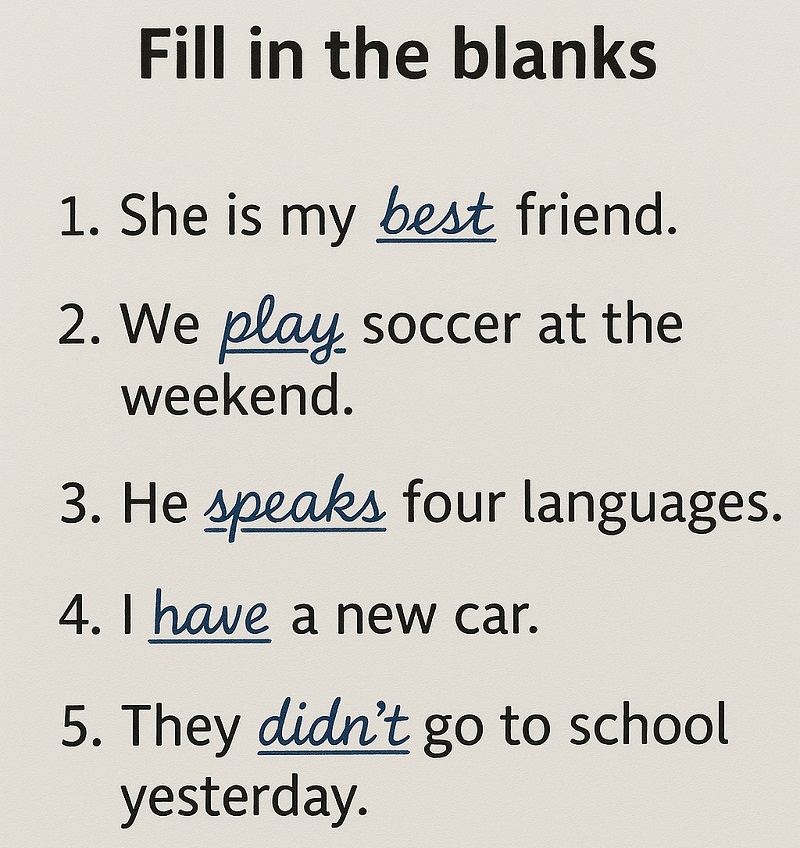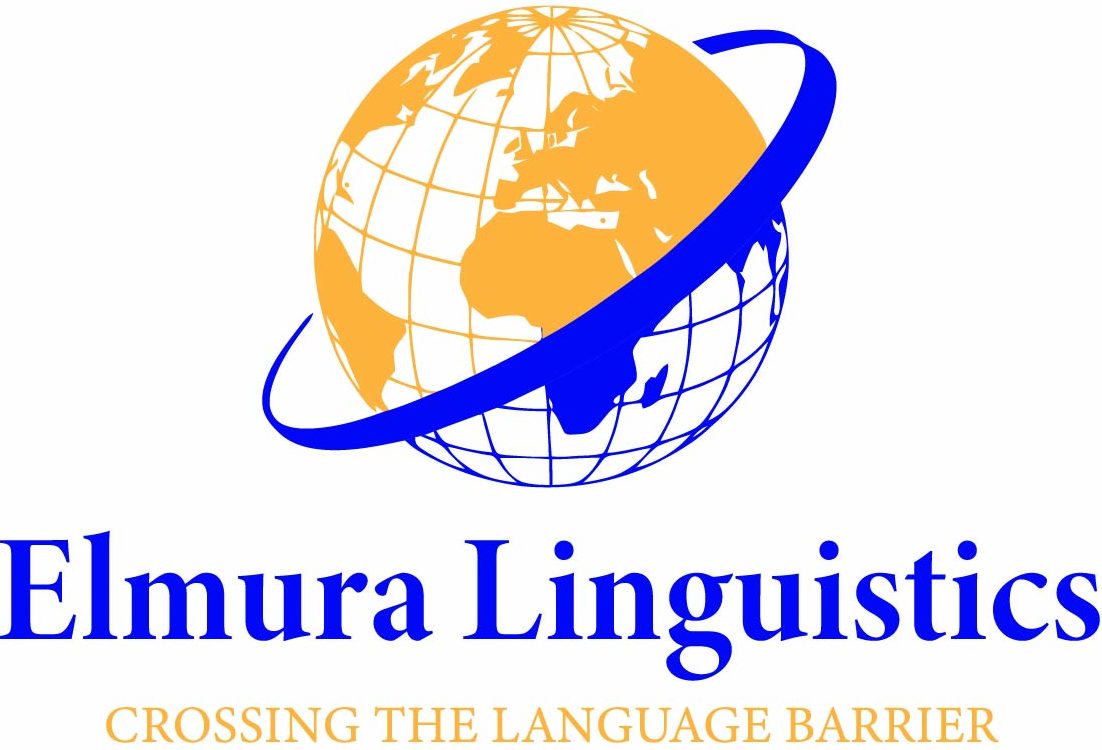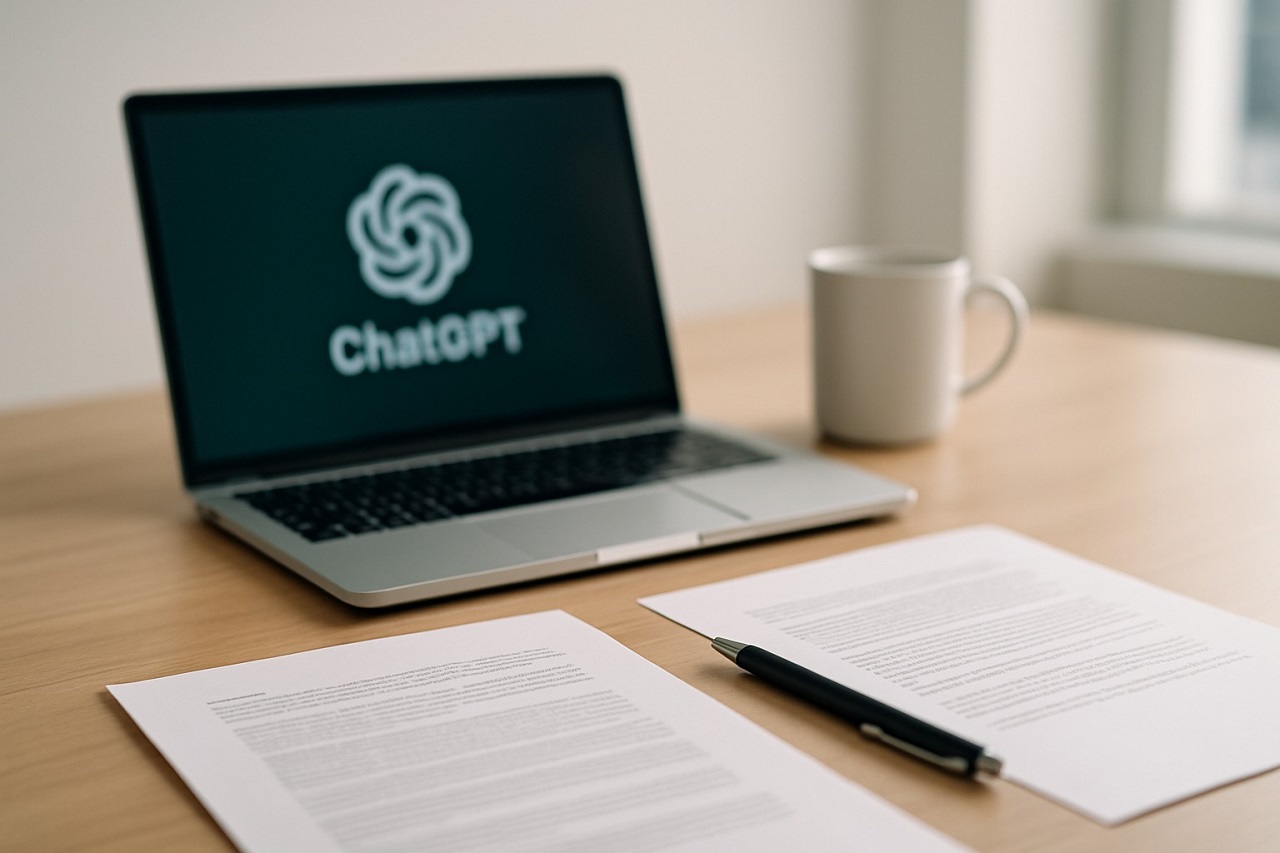Why do some language learners excel at reading foreign texts but struggle to hold a conversation? The answer often lies in the method they were taught. Long before apps and immersion programs became standard, classrooms relied on highly structured, rule-based approaches to teach new languages.
One of the most prominent among these is the grammar translation method (GTM)—a technique that has sparked both praise and criticism for its unique strengths and rigid limitations.
Whether you’re a student, educator, or translator, understanding how GTM works reveals not just a teaching strategy, but a philosophy about what it means to truly “know” a language.
Table of Contents
ToggleWhat Is the Grammar Translation Method in a Nutshell?

The grammar translation method is a traditional approach to language learning that involves translating texts between a learner’s native language and a foreign language. It prioritizes grammar rules, sentence structure, and vocabulary building.
The method supports reading and writing development but places little emphasis on listening or speaking skills. As one of the foundational translation methods, GTM is especially useful in academic and literary contexts where the goal of translation is accuracy and grammatical precision, not conversational fluency.
What Are the Objectives of the Method
The method was designed with a clear set of academic and intellectual goals. Unlike modern communicative approaches that aim for spoken fluency, GTM prioritizes structured learning with a focus on written language. Below are the core objectives that define this method:
Mastery of Grammar Rules
At the heart of GTM is the systematic teaching of grammar. Students are expected to learn and apply the grammatical structures of the target language through translation exercises. This builds a solid framework for understanding how language works.

Translation Accuracy
A major objective of GTM aligns with what is the goal of translation in academic contexts: to produce accurate, word-for-word conversions from one language to another. Students learn to translate sentences and passages precisely, reflecting the correct meaning and syntax.
Development of Reading and Writing Skills
GTM places heavy emphasis on reading comprehension and written expression. Through repeated translation tasks, learners gain the ability to interpret and produce texts in the target language, reinforcing vocabulary and structure.
Vocabulary Expansion
Translation exercises expose students to a wide range of vocabulary in both the native and target languages. Memorization and usage of new words are central to the method.
Cultural and Literary Understanding
Since GTM often uses classical or literary texts, it helps students develop an appreciation for the target language’s literature and culture. This supports one of the broader translation methods goals: understanding language within its cultural context.
How Does it Work?
It operates through a step-by-step instructional process that focuses on reading, writing, and direct translation between the native and target languages. Its structure makes it easy to implement in traditional classroom settings, especially where the primary goal is grammatical mastery and textual understanding.

Typical Procedure in GTM Classrooms
Reading a Passage
- The teacher introduces a passage written in the target language, often from literary or academic texts.
- Difficult words and complex grammar structures are identified for further explanation.
Word-for-Word Translation
- Students or teachers translate the text word by word, using known grammar rules and vocabulary.
- This reinforces the goal of translation in GTM: exactness and linguistic accuracy.
Grammar Instruction
- The grammatical rules behind sentence structures are explained.
- Students then apply these rules in writing or translating sentences of their own.
Vocabulary Work
- New words are extracted from the passage.
- Students memorize these words, often with the help of bilingual dictionaries.
Reverse Translation
- Learners may be asked to translate a similar passage from their native language back into the target language.
- This two-way process helps strengthen comprehension and accuracy.
Written Exercises
- Activities like fill-in-the-blanks, sentence composition, and summary writing are used to reinforce learning.
Teaching Environment
- The method is teacher-centered, with minimal emphasis on interaction.
- The classroom language is often the students’ native language.
- Spoken practice is rare, as GTM does not focus on communication but rather on understanding the structure and translation methods involved in converting one language to another.
Need expert human translators who understand the nuances of grammar and structure? At Elmura Linguistics, we specialize in precise, culturally-aware translation and interpretation services tailored for your industry. Contact us today to discuss your needs.
Key Techniques Used in this Method
It uses a set of well-defined techniques that support its primary focus: building grammatical knowledge, vocabulary, and accurate translation skills. These techniques help learners master translation methods that emphasize textual understanding over verbal communication.

Translation Exercises
Students translate texts between the native and target languages. These exercises help reinforce vocabulary, grammar rules, and sentence structure. Accuracy is crucial, aligning with the goal of translation in GTM: to preserve meaning and syntax.
Grammar Drills
Teachers assign repetitive grammar-focused tasks such as verb conjugation, sentence correction, or rule identification. These drills help learners internalize grammar patterns essential for written translation.
Vocabulary Memorization
Students are often required to learn new words from reading passages. These are memorized with their native language equivalents to improve translation fluency and comprehension.
Sentence Structure Analysis
In this activity, students dissect sentence components (subject, verb, object, modifiers) to understand grammatical function. This analysis supports precise translation by highlighting structural differences between languages.
Fill-in-the-Blanks
Learners complete sentences with the correct vocabulary or grammatical forms. This reinforces the practical application of rules learned through direct instruction and aids recall during translation tasks.

Use in Sentences
New vocabulary words are used to construct original sentences. This confirms that students understand the context and meaning, a key step in developing accurate translation methods.
Passage Translation
Larger texts are translated either orally or in writing, word by word. These tasks demonstrate how students apply grammar and vocabulary knowledge in context while fulfilling the goal of translation as defined in GTM: accuracy over fluency.
Comprehension Questions
After reading a translated or foreign-language passage, students answer questions to assess their understanding. Answers may be given in either language, depending on learning goals.
Inference and Summary Writing
Students summarize a passage or explain its central idea in their own words, usually in the target language. This builds both comprehension and structured writing skills.
When and Why This Method Is Still Relevant
Despite being viewed as outdated by many modern educators, the grammar translation method (GTM) continues to hold relevance in specific learning contexts where its structured approach provides clear benefits.
Its continued use can be attributed to both practical classroom needs and its alignment with certain educational goals.

Ideal for Academic and Literary Study
GTM remains highly effective when the primary objective is to read and analyze foreign literature. For students studying classical texts, religious scripts, or historical documents, this method ensures an accurate understanding of grammar and vocabulary—supporting the goal of translation in academic fields.
Supports Translation and Linguistics Training
One of the strongest cases for GTM lies in translation and linguistics programs. It lays the foundation for more advanced translation methods by teaching students how to dissect sentences, apply grammatical rules, and maintain syntactic accuracy across languages.
Practical in Large Classrooms
In many countries, especially where classroom resources are limited, GTM allows teachers to manage large groups with minimal speaking-based interaction. It’s a cost-effective way to deliver language instruction using printed materials and textbooks.
Effective for Exam Preparation
When language exams focus on grammar, reading comprehension, and writing, GTM provides the structured practice students need to perform well. It aligns with test formats that value precision over fluency.
Preferred by Traditional Institutions
Certain education systems, especially those with conservative or exam-driven curricula, still favor GTM for its familiarity, simplicity, and focus on grammatical rigor.
However, it is not suited for conversational fluency, but it remains a reliable tool in education systems that emphasize structure, precision, and textual comprehension. When the goal of translation is accuracy and academic depth, GTM still serves a clear purpose.
While GTM provides academic structure, real-world accuracy requires professional support. Elmura Linguistics bridges the gap with certified translators and interpreters who bring human insight into every project. Get a free quote now!
Merits and Criticisms
The grammar translation method (GTM) has been used for centuries and continues to influence language instruction today. While it offers notable advantages in structured learning environments, it also faces criticism for lacking real-world communication training. Below is a balanced view of GTM’s strengths and limitations.

Merits of the Grammar Translation Method
| Benefit | Description |
| Grammatical Precision | GTM excels at teaching detailed grammar rules, helping learners develop a strong foundation in sentence structure. |
| Translation Accuracy | The method supports the goal of translation in academic and literary contexts: accuracy over fluency. |
| Vocabulary Development | Through consistent exposure and memorization, students build a broad and precise vocabulary. |
| Effective for Reading and Writing | GTM focuses on comprehension and written expression, ideal for learners studying texts in a second language. |
| Minimal Resources Needed | Suitable for large classes or resource-limited environments, as it doesn’t rely on technology or native speaker interaction. |
| Academic Compatibility | Aligns well with exam-based curricula and is especially useful in formal education settings. |
Demerits and Criticisms of the Grammar Translation Method
| Limitation | Description |
| Neglect of Speaking and Listening | GTM does not support the development of oral skills, which are essential for real-world communication. |
| Overreliance on Native Language | Learners often become dependent on their first language, hindering immersion and intuitive understanding. |
| Lack of Engagement | The repetitive nature of translation and memorization can lead to boredom and low motivation. |
| Not Suitable for Everyday Communication | While accurate, the method doesn’t prepare learners for spontaneous conversations or real-life interaction. |
| Slow Language Acquisition | Translating line-by-line can delay the development of fluency and makes learners hesitate before forming responses. |
| Outdated for Modern Needs | In many contexts, newer translation methods and communicative approaches offer more dynamic and relevant instruction. |
The grammar translation method is excellent for structured learning, literary study, and academic accuracy. However, for learners aiming to use a language in real-world situations, GTM should be supplemented with methods that promote listening and speaking skills.
Frequently Asked Questions (FAQs)
Conclusion
The grammar translation method is a structured, grammar-focused approach best suited for academic, literary, and exam-based language learning. While it lacks support for speaking and listening skills, it remains valuable where the goal of translation is accuracy.
When paired with more communicative translation methods, GTM can still be a relevant and effective part of a well-rounded language learning strategy.
If you’re looking for high-quality, human-powered translation that goes beyond theory and into practical communication, Elmura Linguistics is here to help. Whether it’s legal, medical, or technical content, we bring clarity and context to every word.





